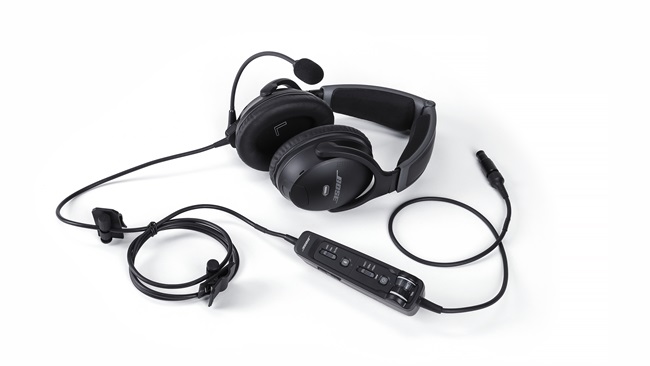Many pilots are taught to use flaps in a very mechanical way. One notch on the downwind, a second notch on the base leg, and the third notch on final. When the landing pattern gets strung out because of aircraft ahead, we often see a pilot on a two-mile final at 300 or 400 feet with full flaps. What's wrong with this picture?
When teaching landings in a Cessna or Piper training aircraft, I have the student use one notch of flaps and trim when abeam the numbers. From here, the remaining flaps are used to adjust the aircraft's descent to the touchdown point. If the pattern is a normal-sized pattern (the turn from base to final will be slightly more than a quarter-mile from the runway), and the headwinds on final are light, the second notch of flaps will be applied when they are needed to keep from landing long. This typically occurs just before turning from base to final. The third and last notch of flaps is applied when the landing is assured.
Both the Cessna and Piper training aircraft use two notches of flap for a short-field takeoff. Both climb very well with two notches of flaps, so keeping the aircraft configured for the maximum-effort departure means the aircraft is ready for the go-around. By not applying the third notch of flaps until the landing is assured, the aircraft and pilot spend less time in the full-flaps configuration full flaps where it is more difficult to go around.
David H. Faile Jr.
Fairfield, Connecticut
No untouchables here
I appreciated Ralph Butcher's "The Untouchables" in the September 2005 issue. As preparation for my solo cross-country in the helicopter, I flew a supervised solo with my CFI along for "ballast." We agreed that he would not speak to me until I reached the designated airport, where we would debrief before returning.
Halfway to the airport I lost my heading and couldn't find my checkpoints. Being new to flying, it took me a few minutes to recognize that I was lost and make a decision to alter my course. It was the right decision; I soon spotted familiar landmarks and was able to proceed without further problems. Had my instructor intervened instead of waiting to see if I was aware of my situation, I would have lost a valuable opportunity to test my abilities.
Hitting my thumb with this particular hammer provided me with one more thing. I learned that I can avoid the five hazardous attitudes, remain calm, and make a good decision on my own--a real confidence-booster on my way to becoming a good, safe, pilot. No untouchable, me!
Karla Tolomeo
Hudson, New Hampshire
Magnetic attraction
The October 2005 issue was yet another winner. Jeff Pardo's article on the magnetic compass ("Animal Magnetism") was excellent. I do, however, disagree with his explanation of the acceleration error.
This error is not caused by the dip in the Earth's magnetic field. There is a small weight attached to the south-pointing end (the end with the "N") of the compass card. The weight is needed to balance the compass card, which would otherwise hang at an angle trying to align with the magnetic lines of flux. This gives it greater mass than the north-pointing end. Therefore whenever the east- or westbound aircraft accelerates, the G-force of the acceleration causes the south-pointing end of the compass card to rotate slightly toward the rear of the aircraft. The opposite is true during deceleration.
Walt Kaminski
Mayhill, New Mexico
Jeff Pardo's article about the Earth's magnetic field and aircraft compasses covered the science and the dynamics very well. One subject that seems to have been overlooked is the compass correction card that tells the pilot about the effects the airplane structure and systems have on the reading. The astute reader will notice that the picture on page 38 shows such a card with a correction to 29 degrees when the compass reads 30 degrees.
Chuck Bodeen
Henderson, Nevada
We appreciate your comments. Letters should be no more than 300 words and must include your name and address. E-mail letters or mail to AOPA Flight Training, 421 Aviation Way, Frederick, Maryland 21701. Letters may be edited and will be printed as space permits.


